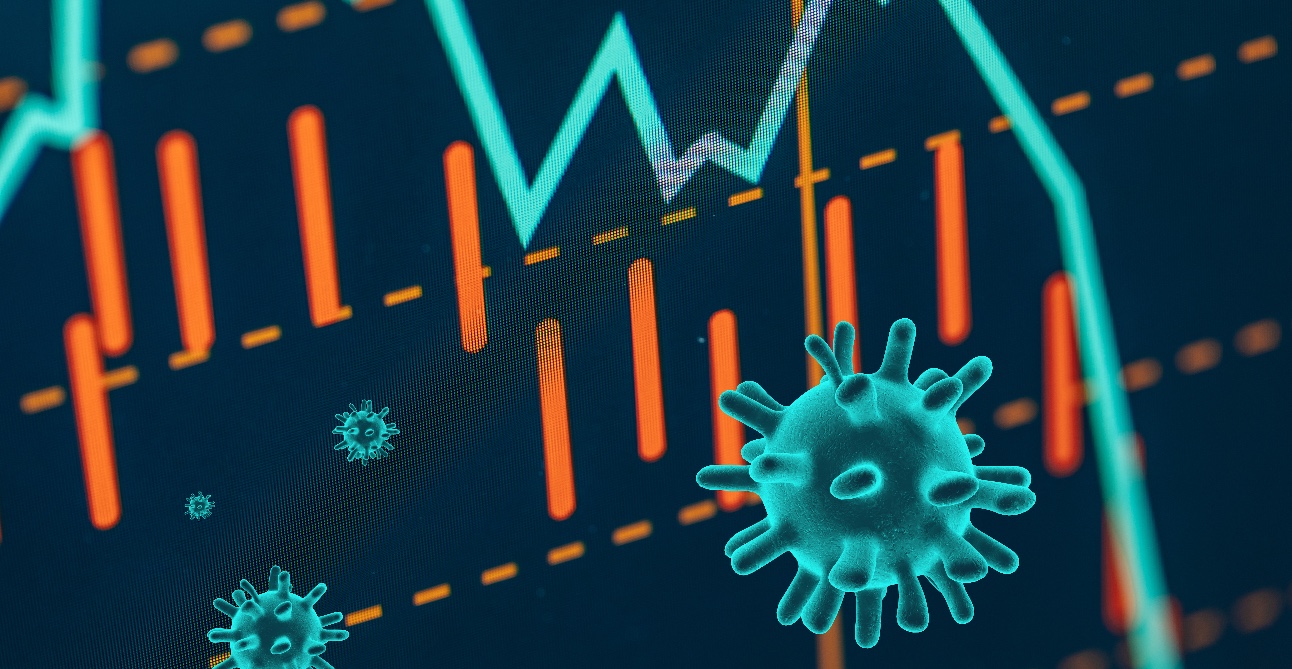RIO DE JANEIRO, BRAZIL – The novel coronavirus pandemic has sharpened the decline in profitability of Brazilian companies to its lowest level since 2009.
The profitability rate is even lower than the cost of capital, which represents the cost of money for the company, according to a note by the CEMEC/FIPE for the month of September. In practice, this means that investments may take a little longer to pay back, which would slow down an economic rebound.
According to the study, which analyzed the financial situation of 460 companies in the country, investments fell from 4.33 percent of Gross Domestic Product (GDP) last year to 2.79 percent in the second quarter of 2020. The drop interrupted a bullish cycle which started in 2016 after it had plummeted to 2.47 percent.

According to Carlos Antonio Rocca, CEMEC/FIPE’s coordinator and in charge of the study, two variables have a positive correlation with the companies’ decision to invest. One of them is the expected growth in demand. The other is related to profitability and the cost of money. When the return rate covers the average cost of capital, the situation for companies to invest is favorable.
According to CEMEC data, however, the country is experiencing a reverse situation: in Q2, the return on capital was 7.4 percent per year while the cost of capital stood at 11.4 percent. In 2009, these figures stood at 11.5 and 11.4 percent, respectively.
The same occurs with the shareholder return rate, which in Q2 was lower than the average interest paid on an investment in public securities linked to the SELIC – the economy’s basic lending rate.
On the CEMEC list, there are companies such as EMBRAER, Via Varejo, and Tecnisa, among many others. In all of them, the shareholder’s return rate dropped.
Questioned, most companies did not want to comment. But, in an interview at the start of last week, EMBRAER’s CEO Francisco Gomes Neto stated that the strategic plan for 2021-2025 provides “a good growth and profitability improvement outlook” for the company.
Idle capacity
Rocca adds that in addition to the return rate and capital cost, other important factors weigh on companies’ investment decisions. One of them is the high idle capacity of companies, which was already low even before Covid-19. “The problem is that GDP is expected to return to 2019 levels only in 2022 or 2023,” says the CEMEC’s coordinator.
According to him, all investment decision-making factors are not good. An example of this is that confidence levels have dropped and uncertainty has increased. Despite an improvement over the first months of the pandemic, the indicators are far from 2018 and 2019 levels.
For the president of Trevisan Business School, VanDyck Silveira, the main problem in Brazil is that year after year the country invests less than the rest of the world and other emerging countries. “We are experiencing a process of stagnation that is consistent with a process of rising inflation, which is starting to surface, loss of employment and income and a fiscal cataclysm”.
In his assessment, unless the country implements the required reforms, this scenario will not change and we will maintain poor investment prospects. “Either a company is large and is capable of searching for sources of funds abroad or it is unable to attract investments”. In this scenario, it is more advantageous to invest the money in passive financial investments than to invest in production.
Financial debt hiked 24 percent between December and June
The gross financial debt of the companies assessed by the CEMEC/FIPE, excluding Petrobrás, Eletrobrás, and Vale, increased by 24.1 percent in June compared to December 2019. The figure reached R$1.446 trillion.
According to the study, this increase is due to the growth in bank loan operations, favored by the emergency measures, to increase liquidity adopted by the Central Bank as of March 2020, and also the impact of the exchange rate depreciation on the value in reais of the foreign currency debt.
The share of the foreign currency debt in total rose from 27.9 percent in 2019 to 34 percent in Q2 this year. The proportion of large companies with excessive debt climbed to 25.4 percent in June 2020 – a level close to that observed in 2016.
For CEMEC’s Carlos Antonio Rocca, despite the drop in cash generation and the increase in debt and financial expenses, the main solvency and liquidity indicators are still at less worrying levels than those observed in 2015 and 2016.
However, it is worthy of note that the sample consists mainly of “medium and large-sized” companies, and is therefore not representative of the large mass of small and medium-sized Brazilian companies, the study stresses.
Source: O Estado de S. Paulo

